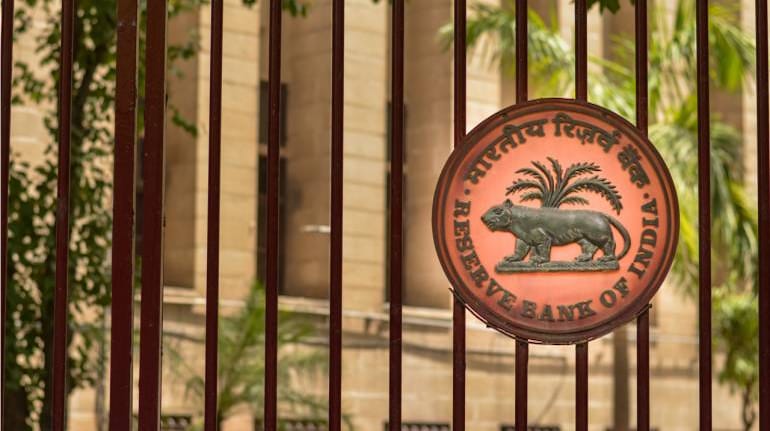



The gross non-performing assets (GNPA) ratio of Indian banks continued to decline to a multi-year low of 3.2 percent in September 2023, the Reserve Bank of India (RBI) said in its financial stability report on December 28.
The net non-performing assets (NNPA) ratio declined to 0.8 per cent, the report said.
According to the FSR report, the capital-to-risk-weighted assets ratio (CRAR) and the common equity tier 1 (CET1) ratio of scheduled commercial banks (SCBs) stood at 16.8 per cent and 13.7 per cent, respectively, in September 2023, indicating comfortable capital levels.
Even among non-banking finance companies (NBFC), the CRAR improved to 27.6 per cent and the GNPA ratio improved to 4.6 per cent while the return on assets (RoA) stood at 2.9 per cent, respectively, in September 2023, the report said.
Yesterday, the RBI’s Trend and Progress report too had highlighted the improvement in bank NPAs saying the improvement in asset quality of banks, measured by their GNPA ratios, that began in 2018-19 continued during 2022-23. During 2022-23, around 45 per cent of reduction in GNPAs of SCBs was contributed by recoveries and upgradations, report added.
Noting that the capital prepardness of banks have improved with a provisioning coverage ratio (PCR) of 75.3 per cent, the FSR report suggested that healthy interest margins and lower impairments boosted profitability of lenders. Subsequently, return on assets (RoA) and return on equity (RoE) reached a decadal high of 1.2 per cent and 12.9 per cent, respectively, the report said.
Indian banks have seen significant improvement in their bad loan levels post the asset quality review initiated by the RBI in 2015 that forced banks to declare hidden NPAs on their books. Much of these NPAs, particularly corpotrate NPAs, have been written off or were moved to the insolvency court in recent years.
As per the FSR report, macro stress tests for credit risk showed that SCBs
have sufficient capital buffers and even under adverse stress scenarios their capital ratios will remain above the regulatory minimum.
Even among co-operative banks, the improvement in the bad loan levels are visible with the CRAR of urban co-operative banks (UCBs) rising to
16.9 per cent in September 2023 while that of NBFCs stood at 27.6 per cent.
Also, the consolidated solvency ratio of the insurance sector remains above the minimum threshold limit of 150 per cent, the report said.
Discover the latest Business News, Sensex, and Nifty updates. Obtain Personal Finance insights, tax queries, and expert opinions on Moneycontrol or download the Moneycontrol App to stay updated!
Find the best of Al News in one place, specially curated for you every weekend.
Stay on top of the latest tech trends and biggest startup news.